From Western Europe (whatever it may mean) there are basically three ways how you can reach Finland. The easiest way is to fly. The cheapest airliner is Ryanair. Other methods are by car through Germany, Denmark and Sweden and then the remaining 10 hours on a ferry, or, the third method, take a ferry straight from Germany, either from Rostock or Travemünde, some 30 hours.
I took Ryanair from Frankfurt Hahn to Tampere.
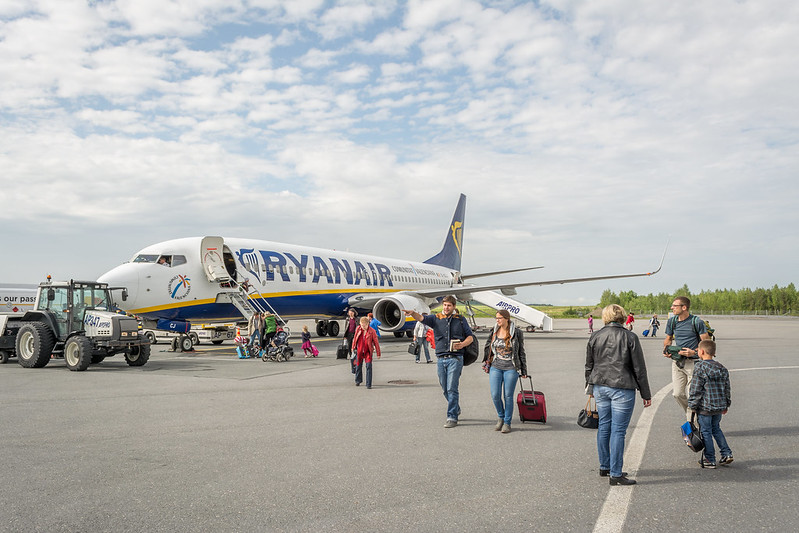
The airport in Tampere is so small that you rarely see other planes there. This time the passengers were lucky to see 4 Hornet combat jets taking off. The pilot in the last one show off by taking altitude almost vertically.
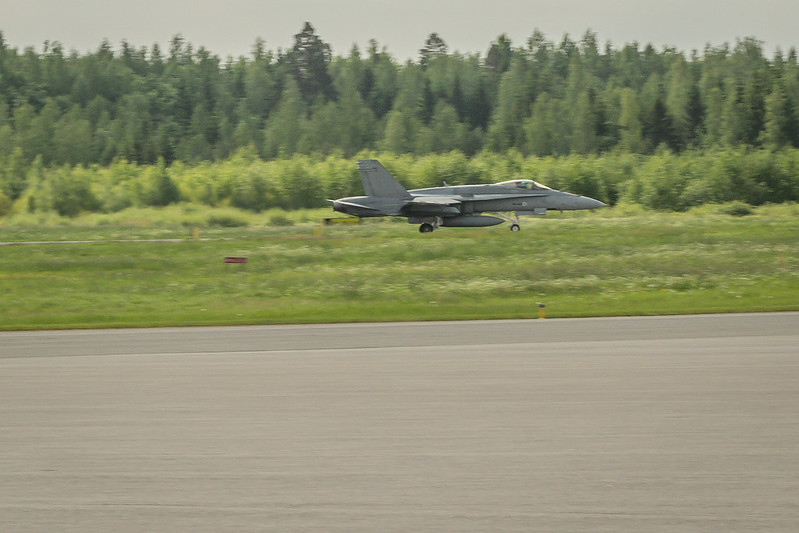
I had booked a rental car in advance. Hertz car rental gave me a bright blue Volkswagen Golf. The cost was 250 euros for one week. It is more than in Germany, but I consider it reasonable, since the car gave me necessary freedom to go where ever I want.
From Tampere-Pirkkala airport I continue to North-West, towards Vaasa. After 30 km drive I arrive to my usual lunch restaurant. "Hiltun pirtti" is an old farm house converted into lunch restaurant. Web address is www.hiltuntiltut.fi.

The food is typical homemade food. It doesn't always look appetizing, but the taste is generally ok. This day the lunch of the day was "Spanish Fish" (Espanjan kalaa). I guess it is their own recipe. The "Spanish" refer apparently to the tomato sauce, otherwise it would be just normal fish. The drink is traditional weak homemade beer, kalja.
Kalja is an interesting word, since it is very very old. It comes from the early Indo-European language (the mother of most European languages, like Spanish, Russian, Italian, Armenian and English). Finnish language does not belong to the family of Indo-European languages. The same word was later adopted into Finnish language in another form: "olut", probably from old Germanic language, where it was "alu".

Finnish doughnut is soft and crispy at the same time. So unhealthy and so yummy. Don Esaias knows best.
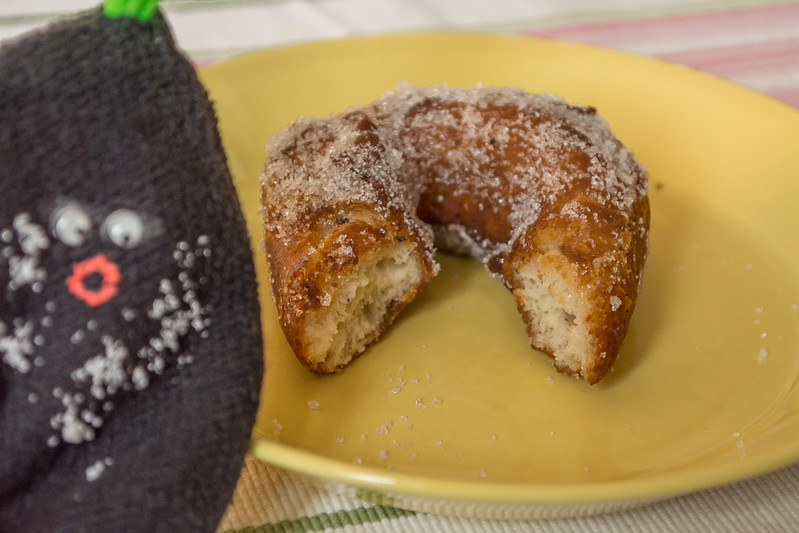
What makes this roadside lunch restaurant interesting, is not the food, but the old farm houses around it. Entrance of the lunch restaurant.
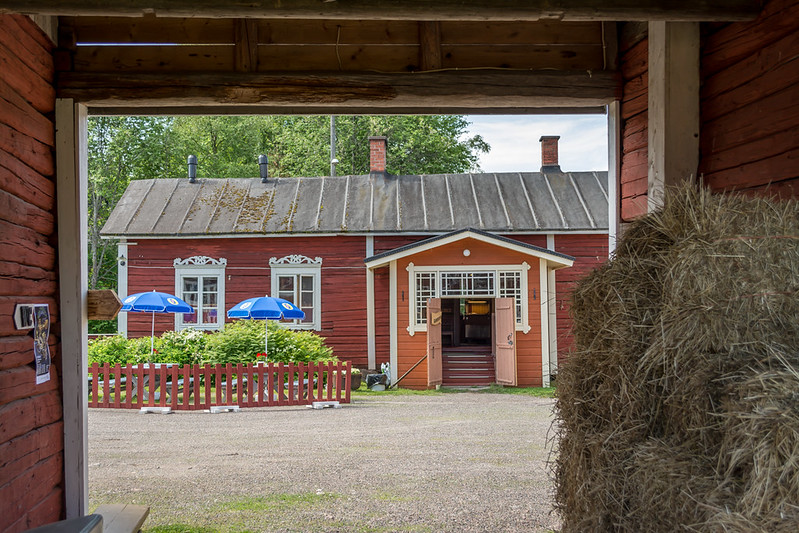
Bread is homemade, of course, and rhubarb pie as well.
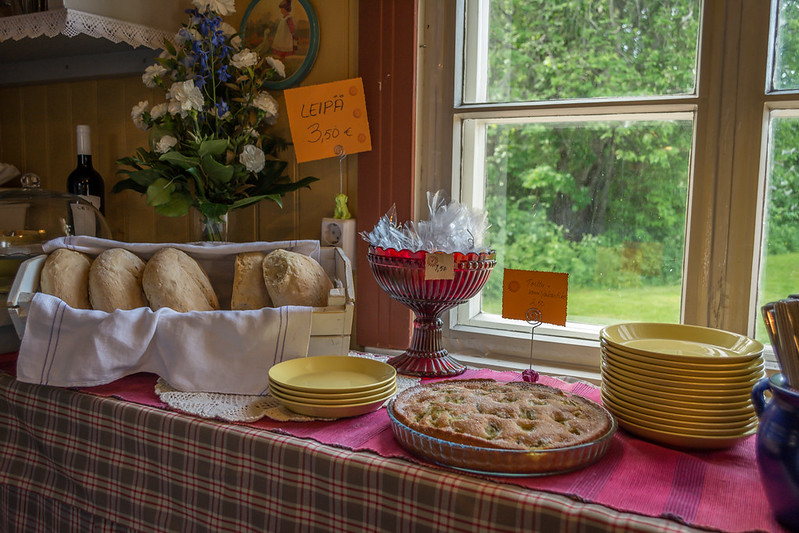
Traditional Punamulta (red clay earth pigment, iron mineral oxide) painted wooden houses and sky falling trough.
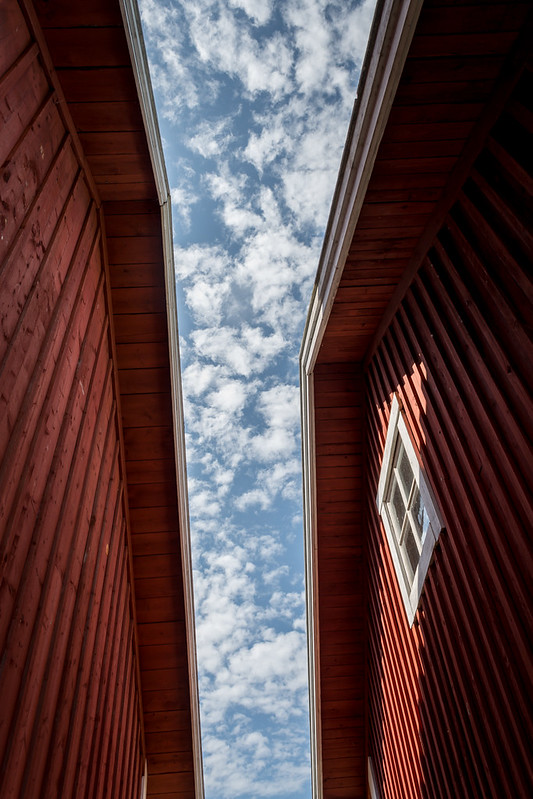 >
>Traditional fence made of brushwood.

After lunch I had plenty of time for sightseeing in and around Hämeenkyrö. First I wanted to see the parish church. It was build in late 1800's and represent neoclassical style.
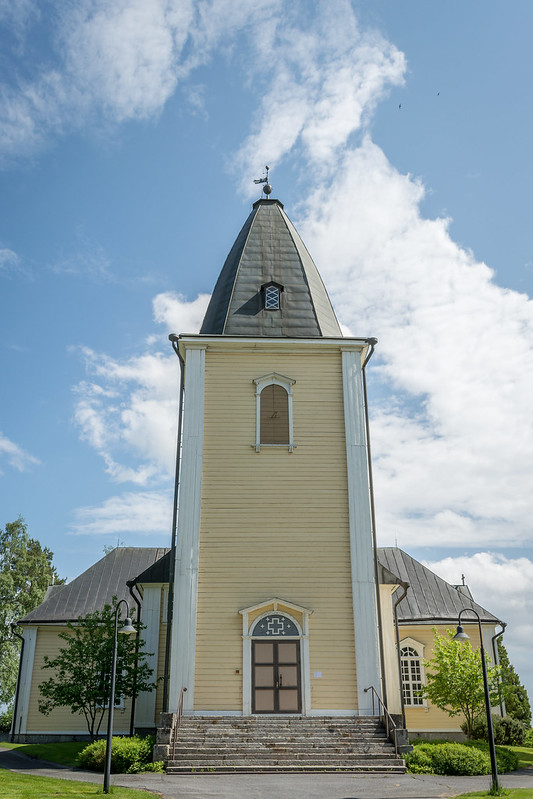
At the entrance the visitor is greeted by "vaivaisukko", poor man statue. Poor man statues are carved wooden statues placed outside Lutheran churches in Finland and in Sweden. They represent a poor and often disabled man begging for an alm. The figures have usually a small money box inside and a slot in the chest for inserting a coin. They were used from 17th to 19th century for collecting money to the poor. Usually it is accompanied with a Bible verse from Proverbs chapter 19 "Joka köyhää armahtaa, lainaa Herralle" (He who is kind to the poor lends to the LORD).

Walking in to the Church. Give notice to the simplicity and light. The organist is practicing the following Sundays hymns.
Beauty in simplicity.
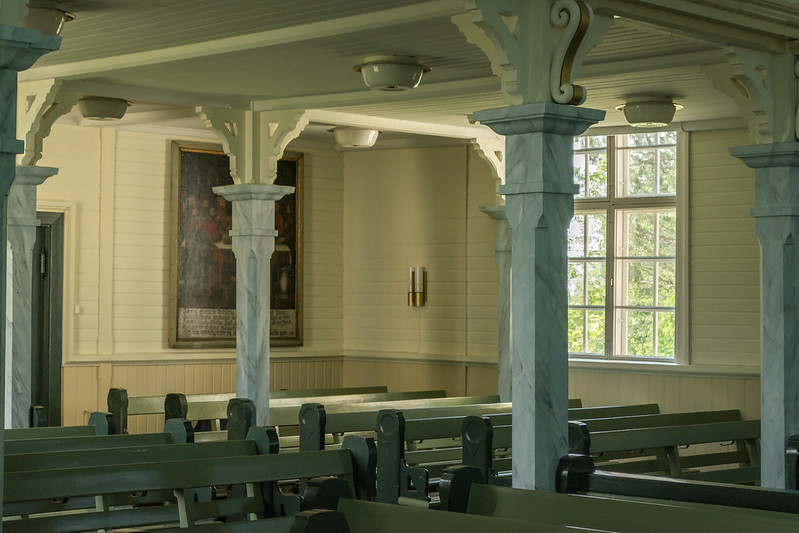
Una maravilla!
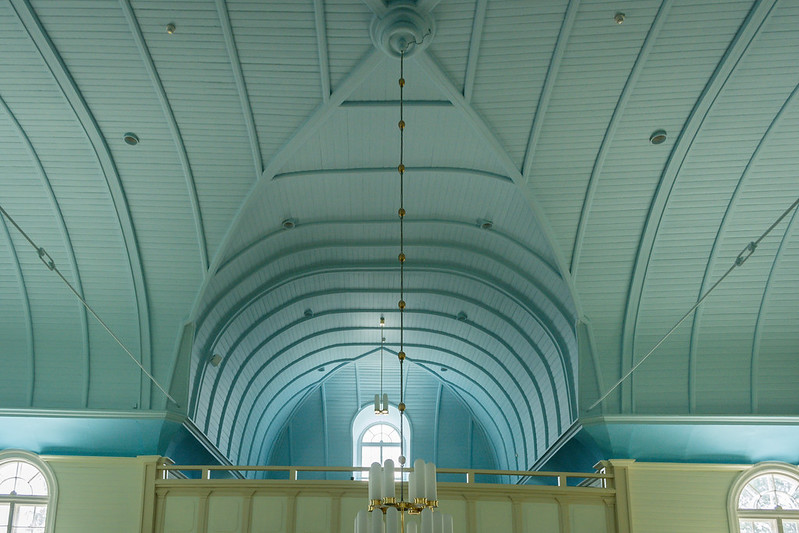
In Hämeenkyrö, the most visited place by the tourists and passers-by is the restaurant-coffee shop "Kehäkukka". Its popularity is based on easy access from the main road and interesting garden for herb lovers. There is also a tourist information and couple of handicrafts shops.

View over the lake Kirkkojärvi next to Kehäkukka restaurant.

I recommend a ride on both sides of the lake Kirkkojärvi, until you arrive to place called Siuronkoski, which belong to the town of Nokia. Yes, that is where telecommunications company Nokia started manufacturing rubber boots and later mobile phones. There are several interesting sites on the way to Siuronkoski. One of them is the the house where Frans Emil Sillanpää started his literary career. Sillanpää was the only Finnish author that was awarded Nobel Price for Literature. Most of his life he lived in poverty, but that gave him a deep understanding of the poor people, especially peasants.
"Töllinmäki" is the house where nobel laureate F.E. Sillanpää was raised up.
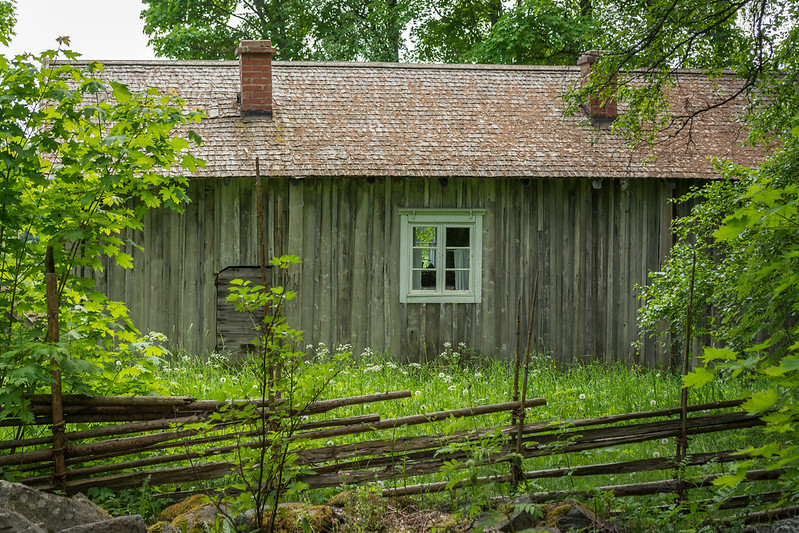
The house was renovated with the initiative of another important son of Hämeenkyrö, Arvo-Poika Tuominen. In 1930's Tuominen became the highest ranking communist leaders of Finland. He was appointed General Secretary of the Finnish Communist Party (at that time in exile in Soviet Union) and also member of the Comintern Executive Committee Presidium (Comintern was leading international communist movement in the whole world). Later in 1950's he became anti communist and wrote several books where he reveal the reality of the communist rule in Soviet Union. There is a memorial for him in Hämeenkyrö, but I could not find it.
A view on the way to Siuronkoski.
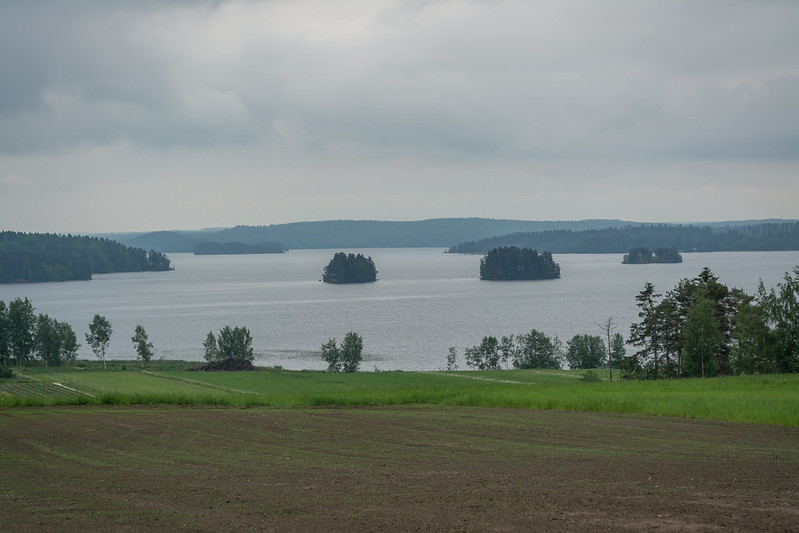
I don't know much about horses, but they look nice in landscape photos.

Fancy wooden house with pavillion on a rock.

Siuronkoski is famous for fishing, but as I don't fish, I contended in bird watching. Common Merganser (Mercus merganser) mother is transporting her children. She need to keep a close eye on them at all times, since gulls (Laridae) want to have them for lunch.
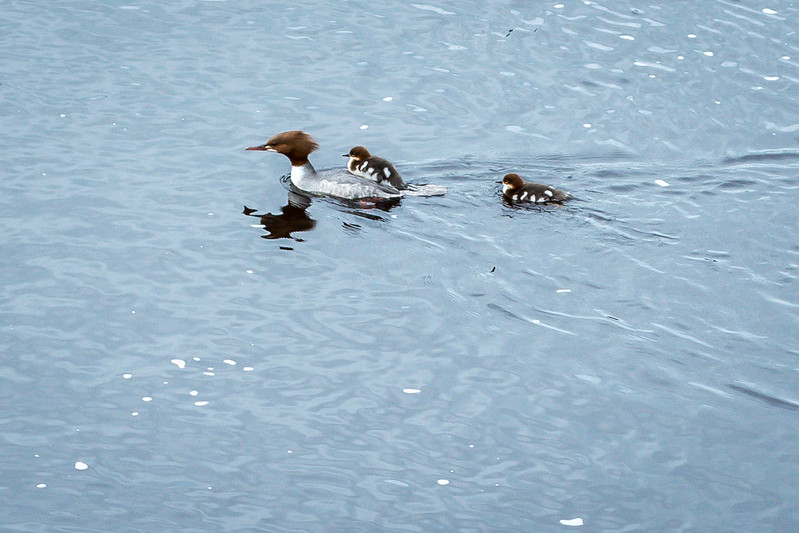
Gulls "singing".
My favourite place for a cup of coffee and snack in Hämeenkyrö is now and for ever Siikrin suvikuppila (Siikri's summer coffee shop). It also houses photographer Erkki Luumis photo exhibition Ekiteki. Warning for non-Finns: Finnish coffee is more bitter than the coffee elsewhere. It takes time to get used to it.
This gentleman is not Mr. Luumi, but another famous photographer.
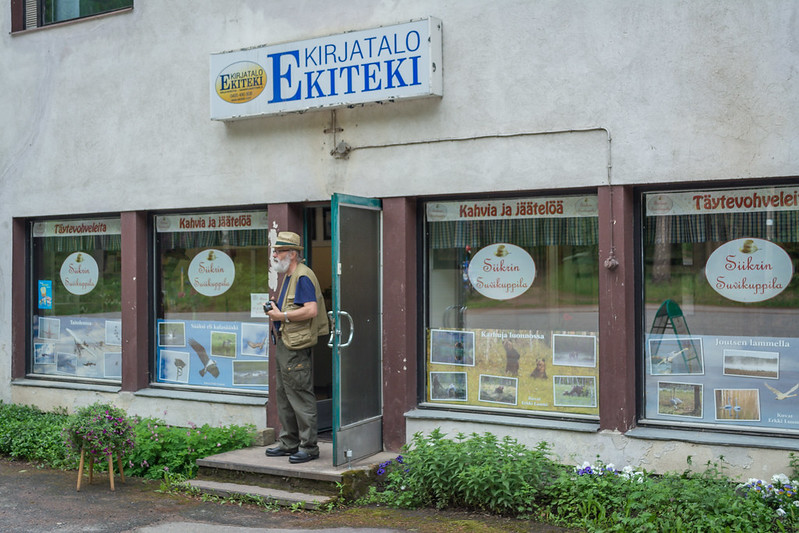
Siikri makes clients feel welcome. She was already closing for that day, but as clients arrived, she brewed some more coffee and heated up the waffle iron.
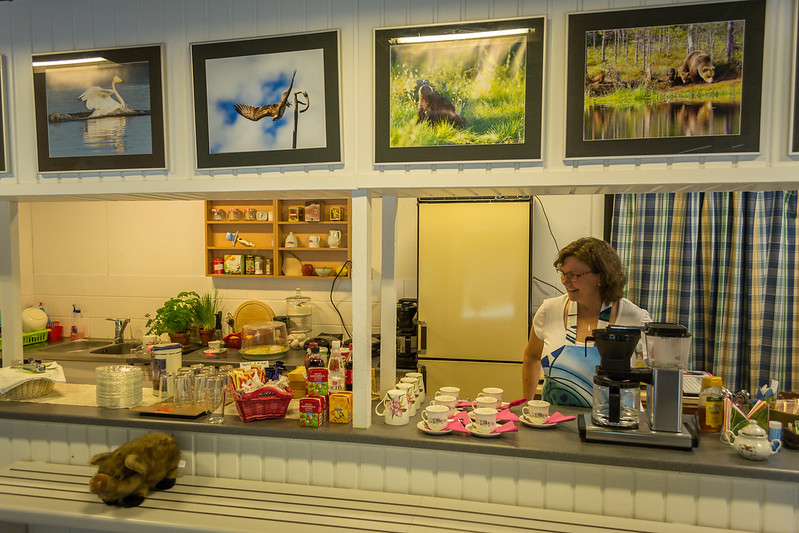
Don Esaias enjoy his waffle with whipped cream and strawberry jam.
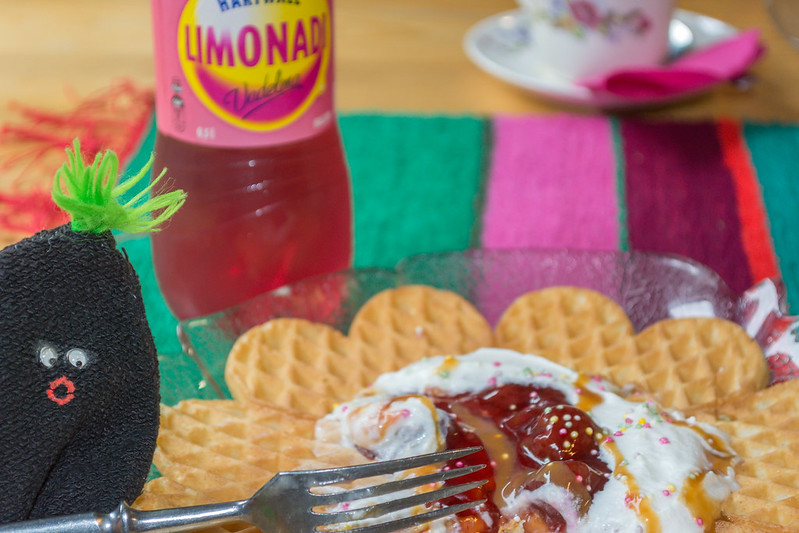
A cozy corner in the coffee shop - photo exhibition - bookshop.
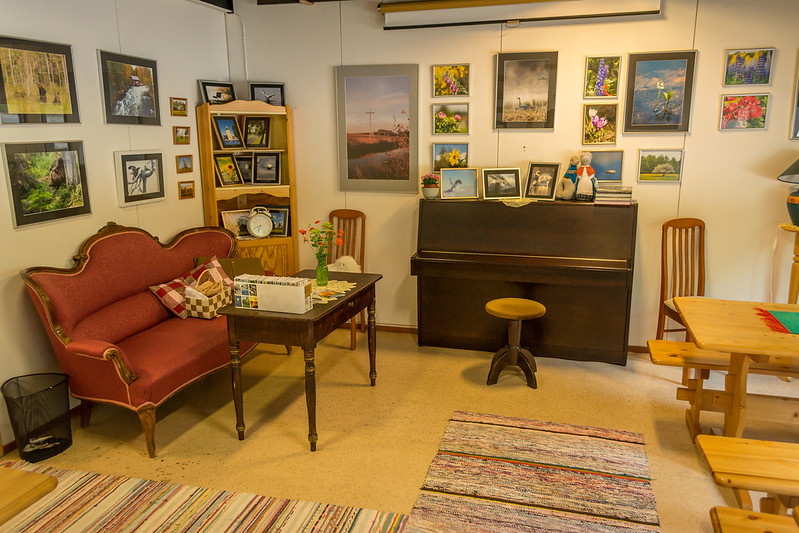
It happened to be the day when old cars club had their yearly drive through.
When leaving Hämeenkyrö towards next leg of the trip I visited Mannanmäki tower. It is located few kilometers before arriving to Ikaalinen, on the left hand side. Very easy to miss. The tower was erected in 1938 to the memory of the battle fought in this area in March 1918. The battle of Mannamäki, or battle of Kyröskoski, was one of the most bloody battles during the Finnish Civil War between the Reds and the Whites. The Reds were inspired and supported by the Russian Soviet revolutionaries. Dozens of Red fighters were killed in Mannamäki and the rest of the red fled in panic to Tampere.
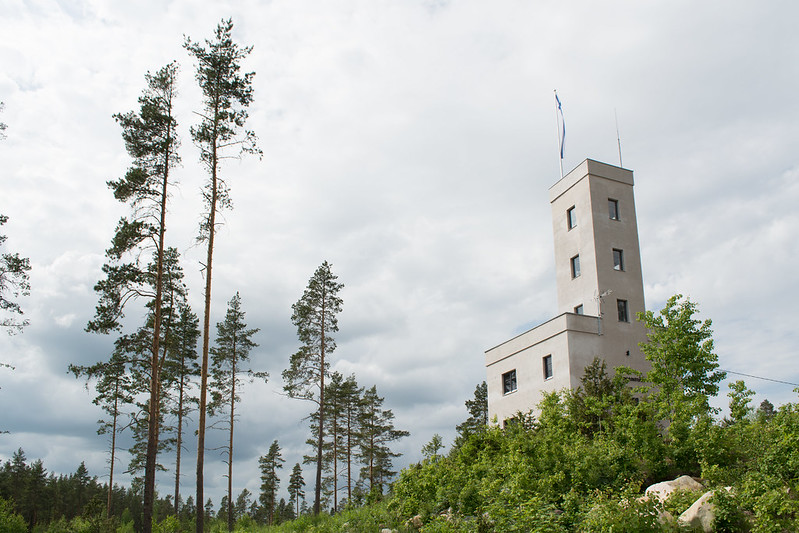
The tower was renovated recently for the tourism. I arrived to the tower at time when it should not be open at all, but fortunately there was some meeting, probably the committee responsible of the tower, and I was invited to visit it, and have coffee and ice-cream.
View from Mannamäki tower.

Next leg of my trip was to Ikaalinen. Ikaalinen is an old tourist attraction in Finland. Its spa tradition dates back to the last century and folk music, especially accordion music is one of its traditions. The most important music event is called "Satahäme soi", which takes place each year in the beginning of July.

Bell tower of Ikaalinen parish church.

This is the face of the Poor Man Statue (vaivaisukko) in the Ikaalinen Church. Somebody carved his eyes out and cut the nose. Horrible.
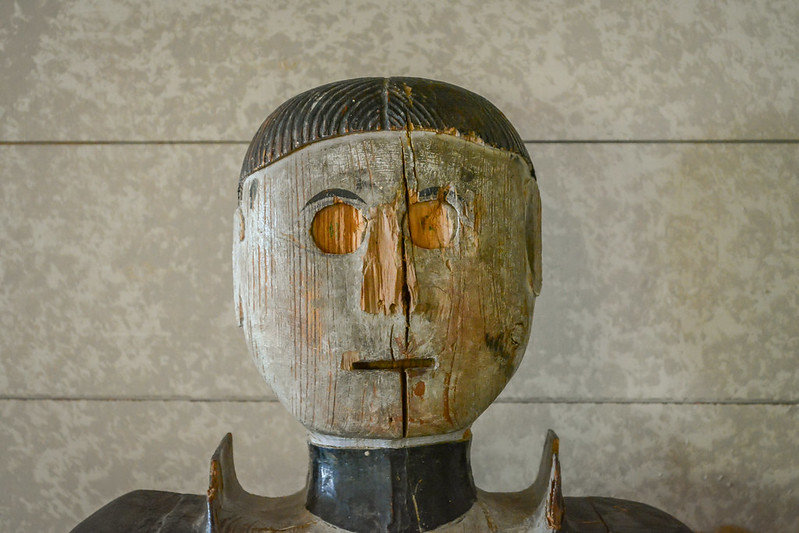
Ikaalisen viulupelimanni (Ikaalinen folk music band) play in the Church during Sunday worship service. The song "Jumala loi, Auringon kuun. (Hymn number 135 in Finnish hymn book was composed by Norwegian composer Erik Hovland.
One peculiarity of Finnish culture is the special washing sites for rugs, especially rag rugs, that are integral part of traditional Finnish house. These washing sites are open during summer months only and typically whole family come here to was rugs with special soap (mäntysuopa) made of tall oil, side product of forest industry. The smell of mäntysuopa is part of collective memory of the Finns. See the green and red bottle on the left hand corner of the photo. This washing site is close to the boat harbour of Ikaalinen.
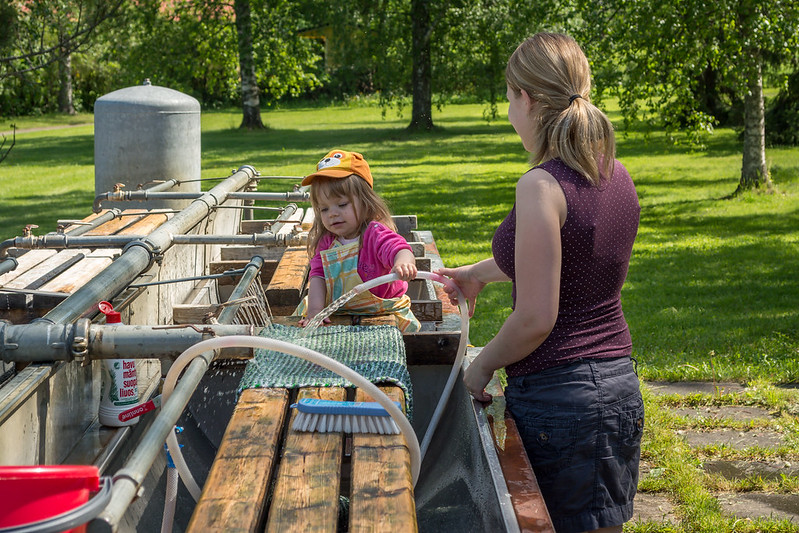
The rest of the Sunday I spent on the lake Kyrösjärvi.
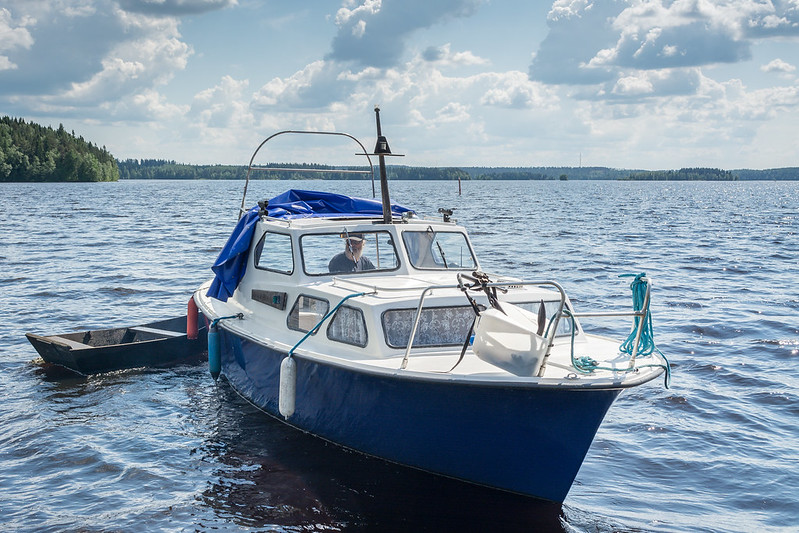
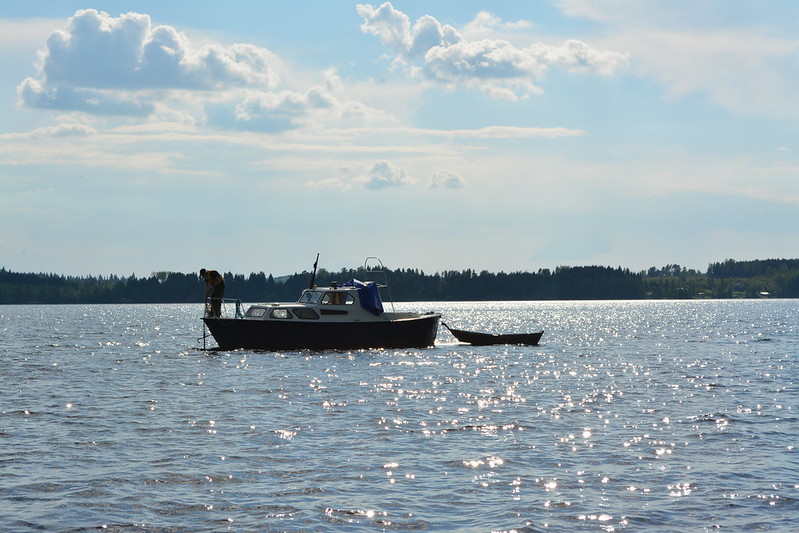
I have a plan to enjoy the tour, and I must explore the finland. This place is best to explore at this time. After enjoying trip to new york for new years. I will go there.
ReplyDelete